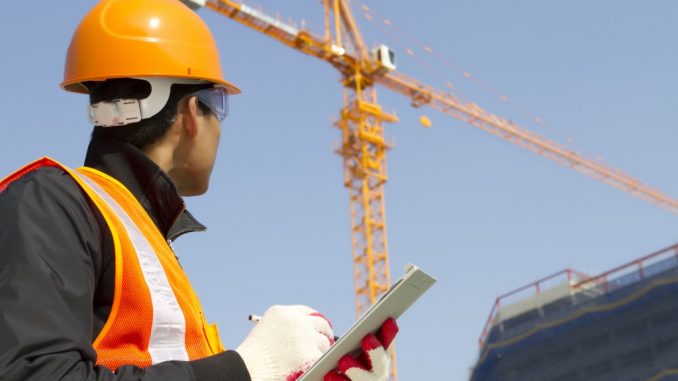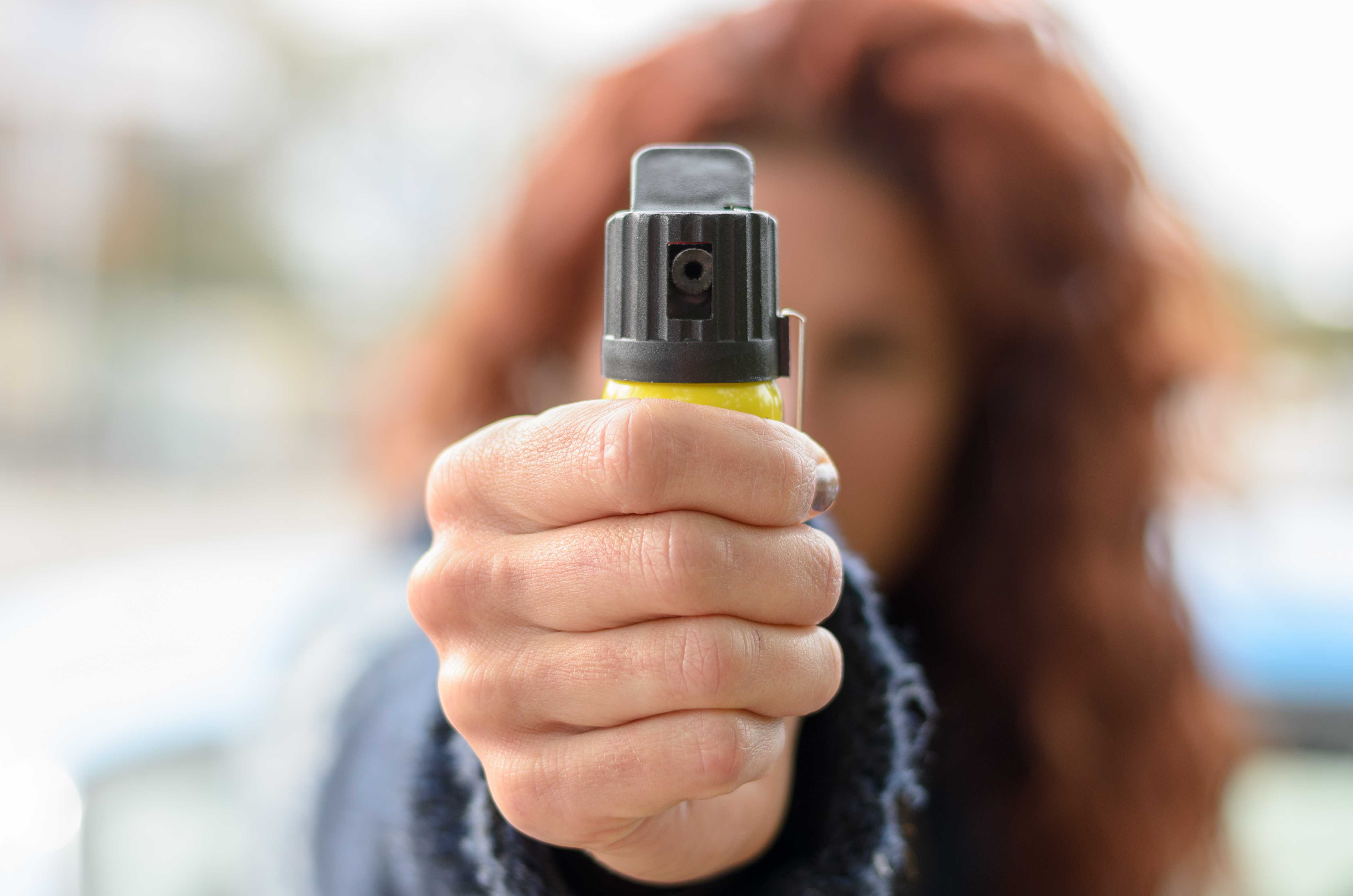
 Cranes are used for the efficient lifting of heavy materials in construction sites and other industrial sectors. Based on the type of project, cranes either lift materials off the ground and transport them to different levels or transfer them to another location.
Cranes are used for the efficient lifting of heavy materials in construction sites and other industrial sectors. Based on the type of project, cranes either lift materials off the ground and transport them to different levels or transfer them to another location.
Many failures are the result of overloading the crane or the crane lift box. Structural stresses, such as a sudden drop or swinging of the load, dragging the load or using defective components can also lead to damage.
Crane overload
Crane operators must be trained, qualified and knowledgeable of maximum loading limits, exclusion zones, operation parameters and more. Crane operators may need refresher training to maintain standards in safety. This avoids situations where crane operators may rely on instinct to identify whether the load is too heavy. Hoisting loads beyond the crane’s capacity can result in accidents causing injuries and costly damage to materials and buildings.
Electrical Hazards
Nearly 50 per cent of accidents involving overhead cranes is the result of electrical hazards, where metal comes into contact with an exposed power source. Contact with a power source usually happens when a crane is moving materials underneath or nearby the wire and the hoist boom comes into contact. Workers are at risk of being electrocuted when directly touching the crane, so a single contact to the power line can result in multiple injuries and death.
Falling materials
Falling material is another common hazard when using cranes. Serious injuries or fatalities from falling materials are usually caused by human error, load slipping, mechanical failure and visual impairment. When materials are not secured properly, the load can slip and fall. Regular maintenance of hoists and cranes are required to reduce the chance of mechanical failure.
The use of cranes saves time and money. Working with cranes comes with multiple hazards if not managed properly. The correct training of operators, adequate supervision and the repair and maintenance of machinery saves on costs from injuries and damage to property.



